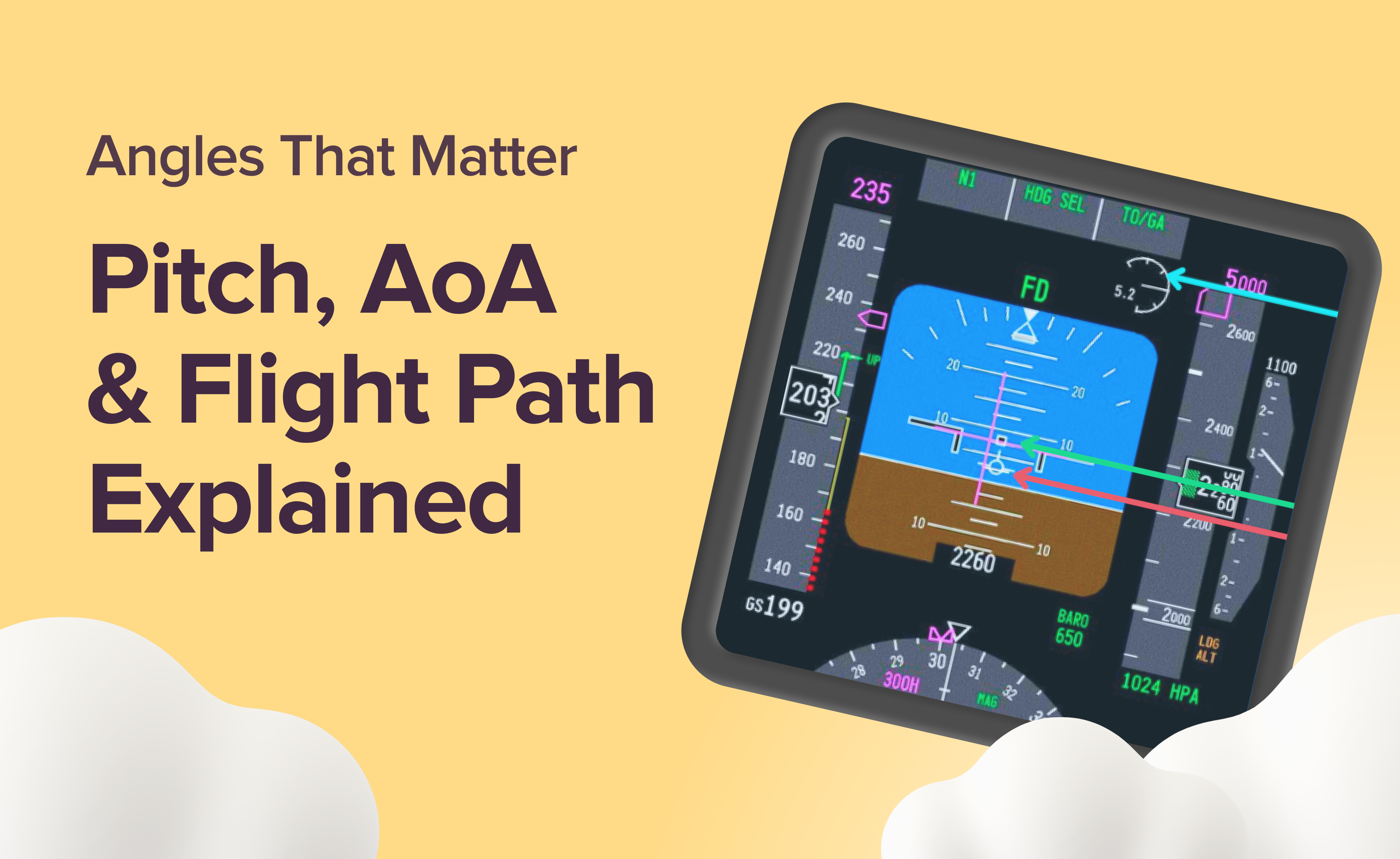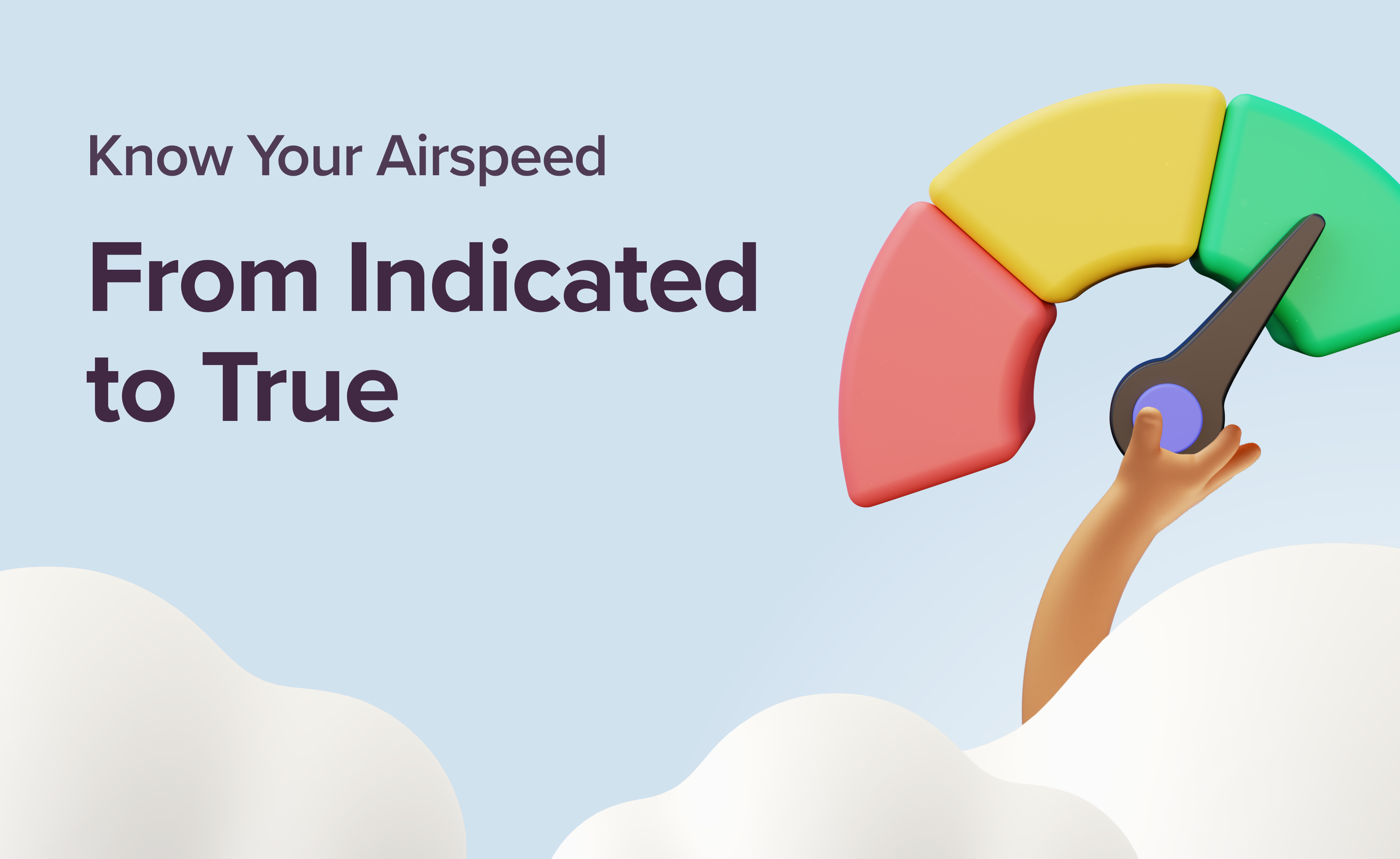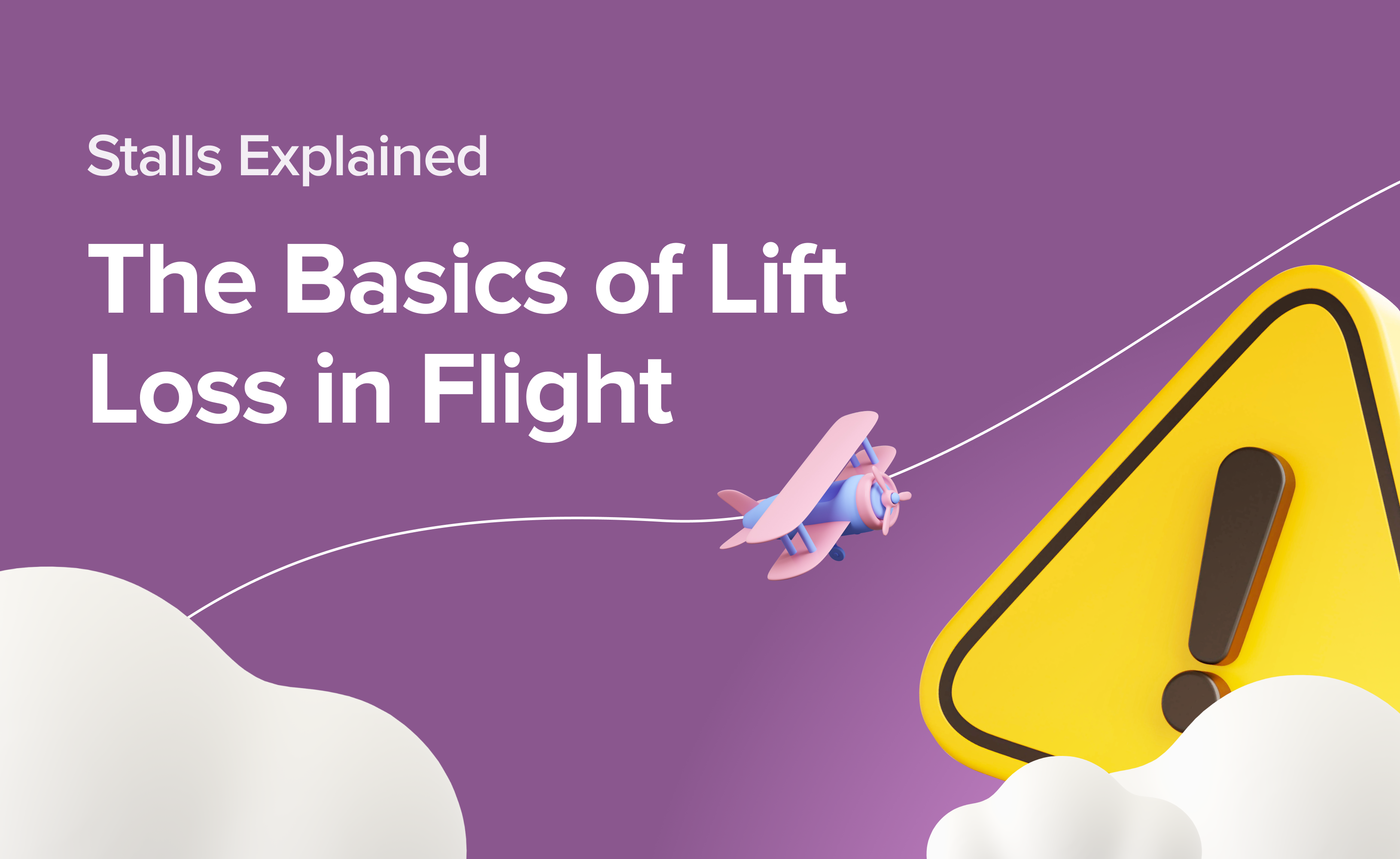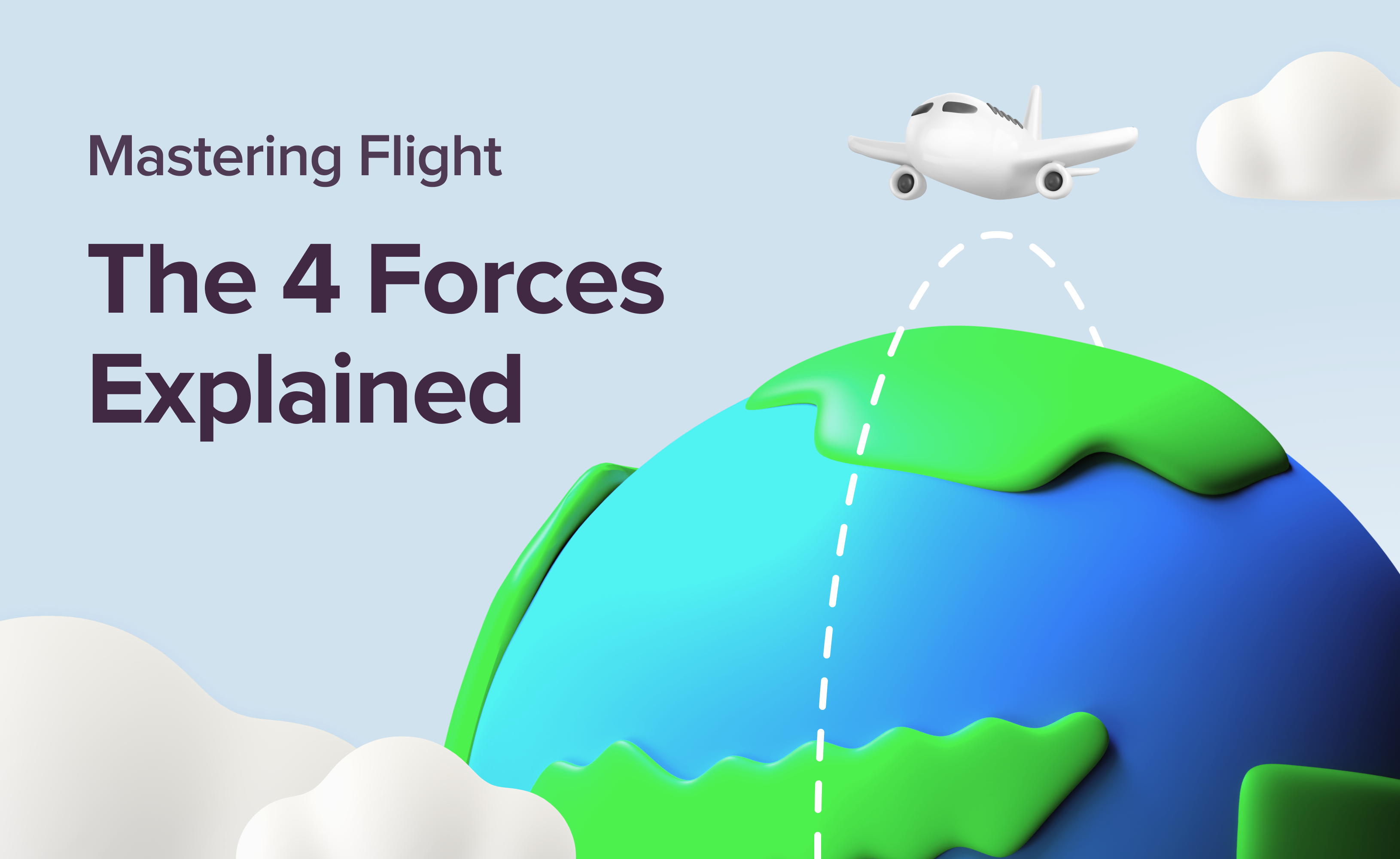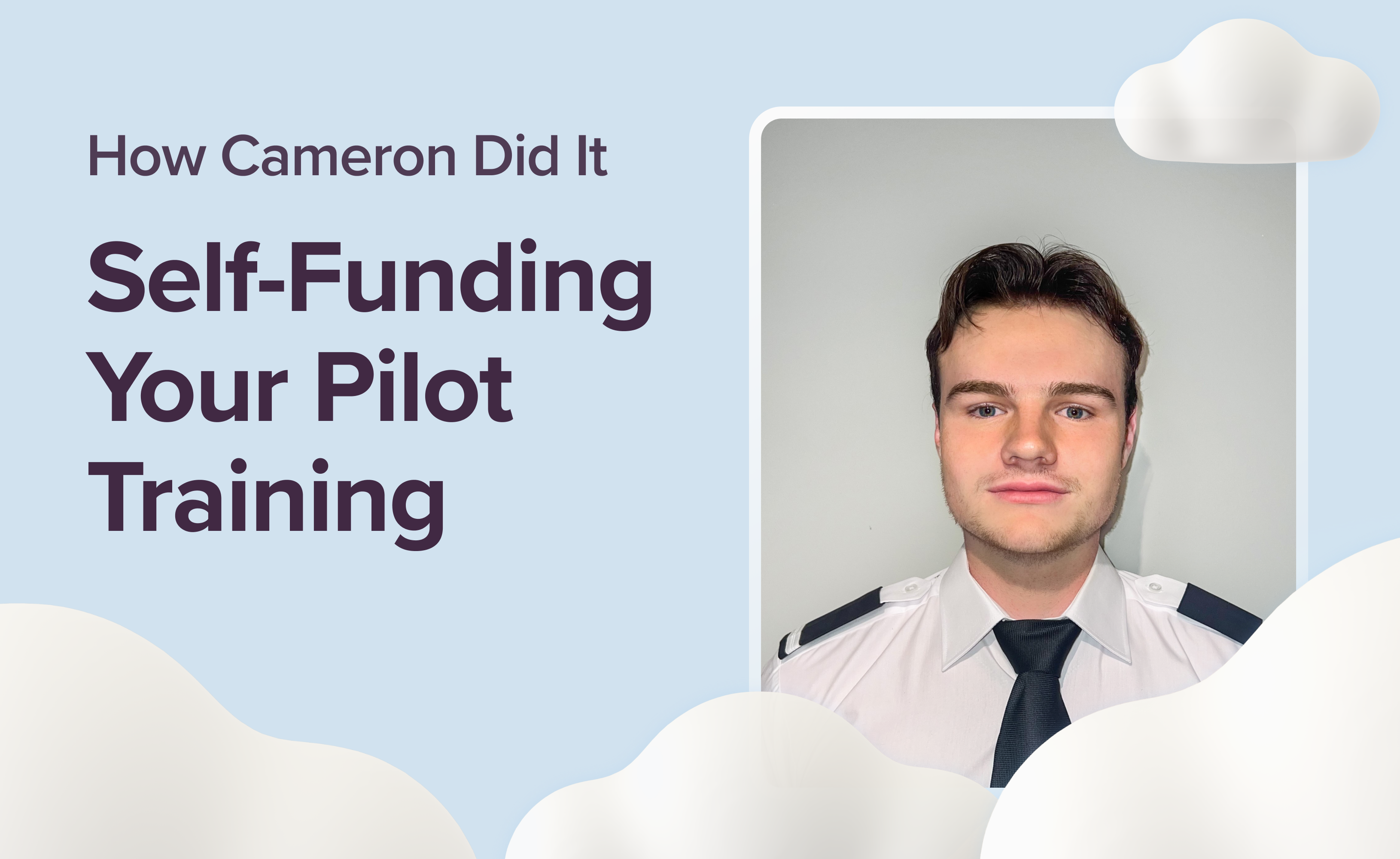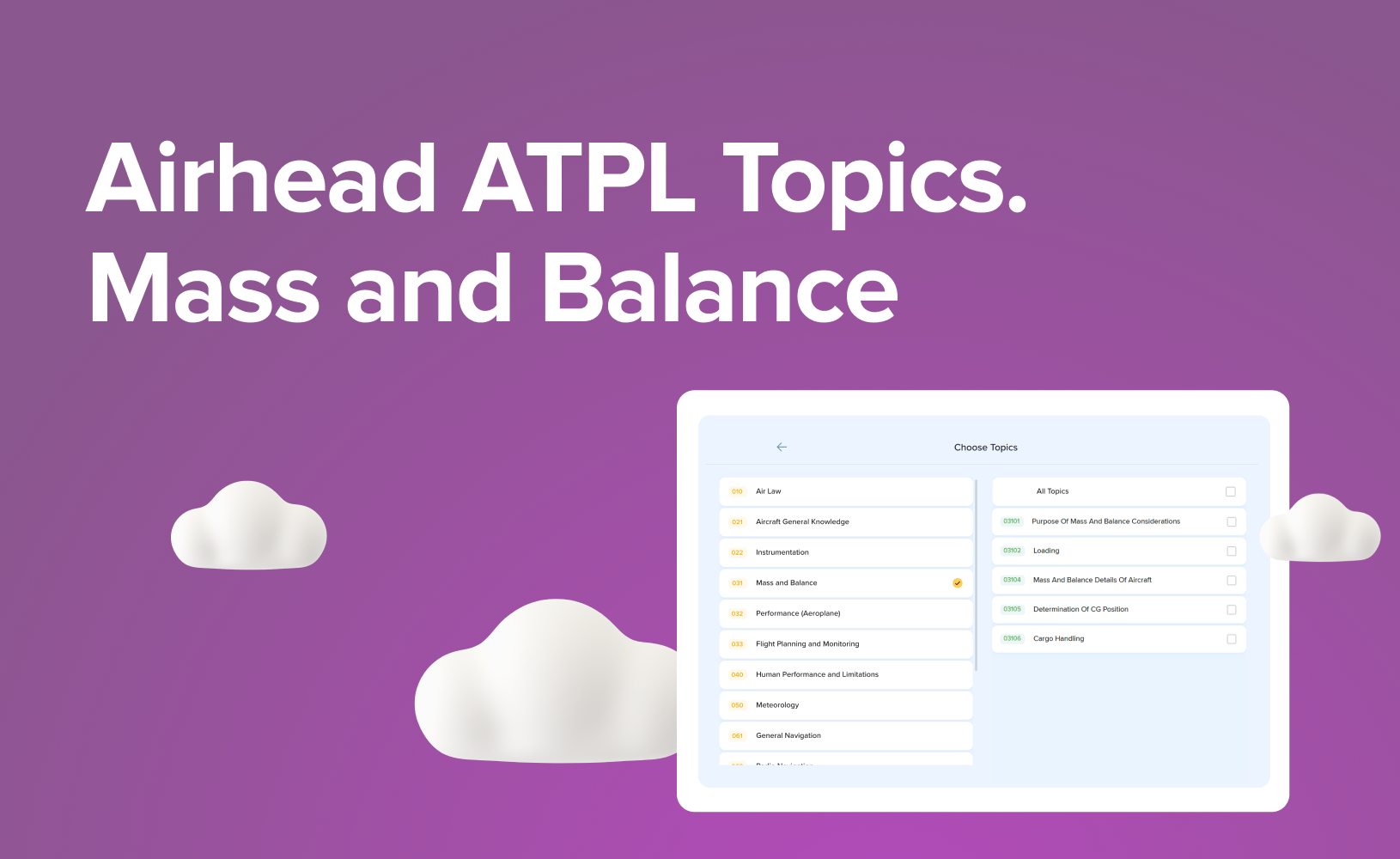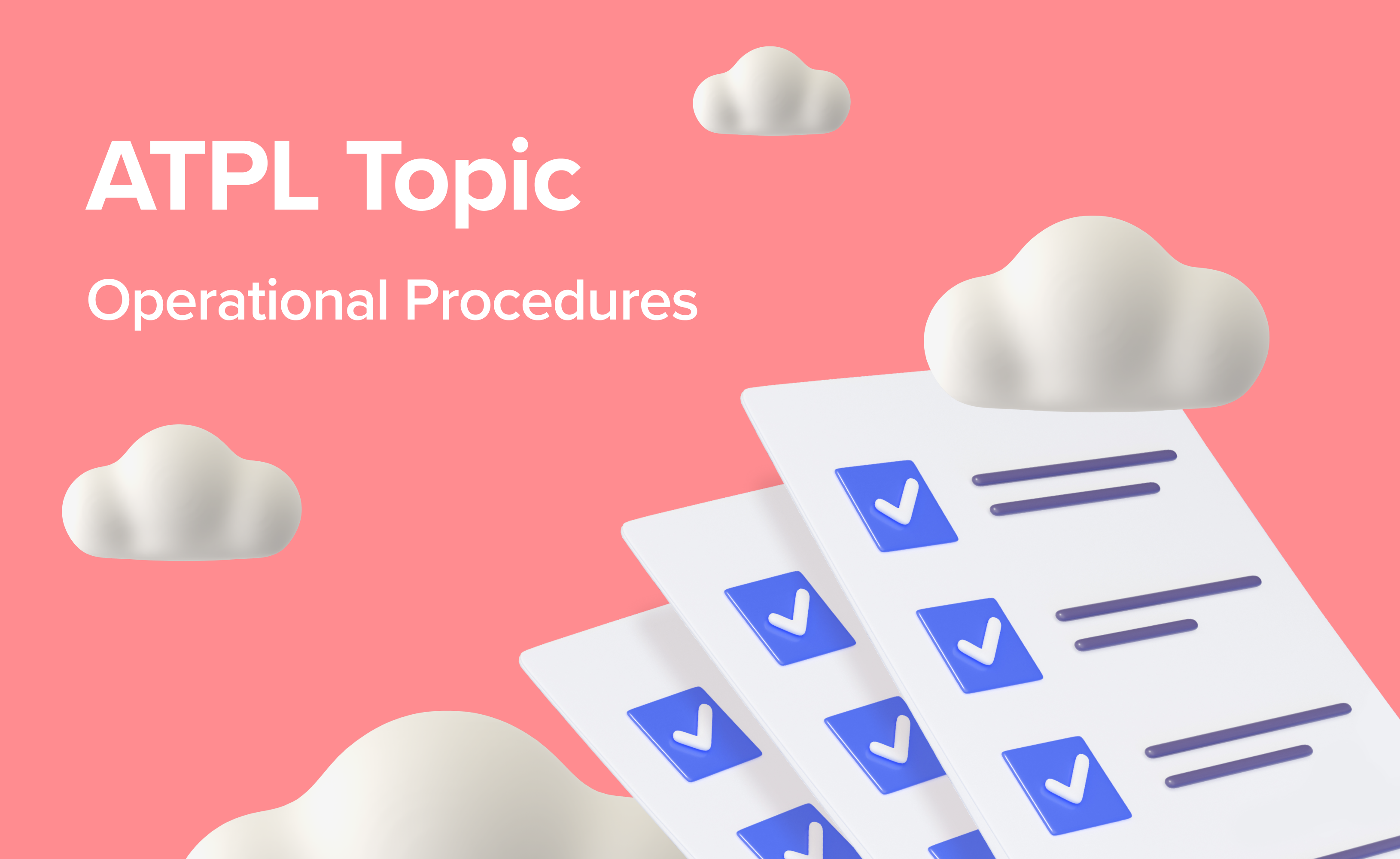13 ATPL Exams Ranked: Easy to Hard + Pass Rates

Unfortunately there is no such a thing as a really easy ATPL subject, each of them need to be approached seriously but some seem to be easier to pass than others. The order in which you attempt the exams will usually be set by your ATO with the subjects completed in two or three modules. Your instructors will undoubtably tell you that the most important thing to do is to properly learn the material that you are studying but the reality is that, if you only study the books, you are likely to fail the exams because of the oddities of the EASA exam questions. Anyone who has taken the exams in the last few years will tell you that your study on the course must be backed up by the use of a good question bank, or even several banks, to make sure that you can actually answer the exam questions.
This guide will cover all the ins and outs of 13 core ATPL subjects - the topics, the number of questions and the time given as well as some useful tips to follow while preparing for them. It is based on the EASA and UK CAA, ECQB 2021 ATPL(A) syllabus exams and will give you a hint on where to start. In each case we show you a snapshot of the percentage of papers passed in this subject. This data is from only one Authority covering a 9 month period in 2022 and relates to around 400 candidates, it is not definitive but it does give an indication. We believe nearly all these candidates were making extensive use of question banks.
Here you go then, ranked from easiest to hardest based on the pass rates…
1. Communications
Number of Questions: 34
Exam Duration: 1 hour
Difficulty: Easy
98% of papers passed
This subject covers all the essentials related to routine communication with air traffic control. General operating procedures, distress and urgency procedures, relevant weather information - all of these will be tested here. Candidates who already hold a PPL will be familiar with much of the content but do not disregard this subject, you still need to go through the bank and read the questions carefully as you would on any other subject.
Practise Communications questions for free
Explore key subtopics & core concepts of Communications Syllabus
2. Air Law
Number of Questions: 44
Exam Duration: 1 hour
Difficulty: Easy to medium
92% of papers passed
This part checks your understanding of the laws and regulations that govern global air travel. That includes airport signs, licensing and safety. It is a 100% memory test and the majority of the questions are aligned to the question bank, that is why do make sure you drill them in so you know them by heart. It is graded easy to medium only because of the volume of material to be learned.
Explore key subtopics & core concepts of the Air Law Syllabus
3. Instrumentation
Number of Questions: 60
Exam Duration: 1 hour 30mins
Difficulty: Easy to medium
90% of papers passed
This one covers all the essential systems and instruments onboard an aircraft including speed, navigation and system monitoring. One of the most straight forward ATPL subjects, as it all gets down to learning what is needed and practising the question bank.
Practise Instrumentation questions
Explore key subtopics & core concepts of the Instrumentation Syllabus
4. Operational Procedures
Number of Questions: 42
Exam Duration: 1 hour 15 mins
90% of papers passed
Difficulty: Medium
This subject will go into detail about the number of regulations and procedures a pilot and their crew needs to know before and during a flight. The pass rate in Operational Procedures is in conflict with most candidates' lived experience because no matter how hard you work on learning the material and practising past questions a new question might pop up in the exam that you (and most qualified pilots) would have no chance of answering without referring to an ops manual or EASA standards, which is what you would do in real life. The only possible advice is: do your best and do not let it get you down, the stats are on your side!
Practise Operational Procedures questions
Explore key subtopics & core concepts of the Operational Procedures Syllabus
5. Human Performance and Limitations
Number of Questions: 48
Exam Duration: 1 hour 30 mins
Difficulty: Medium
87% of papers passed
This subject relates to the human body and its functions, touches physiological as well as psychological aspects and focuses on the problems that can arise when flying at high altitudes for long time. It is not as straight forward as it could be though as some questions are quite tricky and ‘scenario-based’ and often the answer that seems obvious is not the correct one, so stay organised and do your best.
Practise Human Performance & Limitations questions
Explore key subtopics & core concepts of the Human Performance and Limitations Syllabus
6. Radio Navigation
Number of Questions: 66
Exam Duration: 1 hour 30 mins
Difficulty: Medium
86% of papers passed
Here you get to know more about the different radio navigation aids that are used on the daily basis. Among others, it covers the operation and use of instrument landing systems (ILS), performance-based navigation (PBN), satellite navigation and distance measuring equipment (DME). The exam is heavy on satellite navigation and on PBN and is not just a memory exercise but requires some understanding of the systems.
This exam is generally regarded as being of medium difficulty, with some variation of assessment between candidates which we think is a reflection of variations in how well their ATOs teach the subject and how up-to-date their instructors are.
Explore key subtopics & core concepts of the Radio Navigation Syllabus
7. Aircraft General Knowledge
Number of Questions: 80
Exam Duration: 2 hours
Difficulty: Medium
84% of papers passed
The proper title for this subject is “Aircraft General Knowledge - Airframe, Systems and Power Plant” usually abbreviated to “Aircraft General Knowledge” or just AGK. Your study will take you through the construction and components of an aircraft including their purpose and the way they work. The course material is quite lengthy - digest and learn it to the fullest, however if you don’t understand some of it, don’t worry too much and let the question bank sort it out. this is generally not considered a difficult subject - it’s just volume.
Practise Aircraft General Knowledge questions
Explore key subtopics & core concepts of the Aircraft General Knowledge
8. Mass and Balance
Difficulty: Medium (but the time constraint can cause problems)
Number of Questions: 25
Exam Duration: 1 hour 15 mins
83% of papers passed
When studying mass and balance, you will learn how to calculate the center of gravity of an aircraft to ensure it is within limits during flight.
This subject is one of the shorter ATPL exams, however don't be fooled - there is a high chance to run out of time if you don't know your material in and out. Yet again, the practice is the key to get the fluency needed.
Practise Mass and Balance questions
Explore key subtopics & core concepts of the Mass and Balance Syllabus
9. Meteorology
Number of Questions: 84
Exam Duration: 2 hours
Difficulty: Medium to Hard
81% of papers passed
Meteorology is the study of the air environment and how different weather, cloud and atmospheric conditions, can affect flight operations. Although some of the material (e.g. frontal systems or TAFs) should be quite easy to tackle, the global weather may seem a pain to get through because sometimes it gets impossibly hard to understand the logic behind what you are taught in this module. It takes a solid commitment to studying to get through this one.
Practise Meteorology questions
Explore key subtopics & core concepts of the Meteorology Syllabus
10. Principles of Flight (Aeroplane)
Number of Questions: 46
Exam Duration: 1 hour 30 mins
Difficulty: Hard
76% of papers passed
The main goal here is to understand the forces acting on an aircraft during flight including lift, drag, thrust and weight. To score high in this subject, you’ll need to be comfortable rearranging formulas and generally have a reasonable understanding of mathematics. The Principles of Flight syllabus was famously written by university level academics and goes deeper than most airline pilots would consider reasonable. Sitting bizzarely in conflict with this are numerous comments from other degree-level aerodynamicists that complain they have to suspend their existing understanding to pass the exam according to the EASA way.
In this subject question banks are important to try to get used to how the examiners would like the problems solved.
Practise Principles of Flight questions
Explore key subtopics & core concepts of the Principles of Flight Syllabus
11. General Navigation
Number of Questions: 55
Exam Duration: 2 hours 15 mins
Difficulty: Medium to Hard
70% of papers passed
General Navigation covers the navigational topics and skills you will need to fly an aircraft. It focuses on charts, plotting, great circles, temperature, heights and speed. This subject has a number of concepts within it that make the exams really quite difficult until you realise that the questions are ‘of a type’ and the way to deal with them is to practise, practise, practise.
It is quite likely that your first attempts at General Navigation questions will be painful and slow, but speed and accuracy comes with practice, so keep going until you can consistently get 90% to 95% in the Airhead exams. Expect to drop 10% to 15% under the pressure of a real exam sitting so 95% in Airhead becomes 80% to 85% in the real exam.
Practise General Navigation questions
Explore key subtopics & core concepts of the General Navigation Syllabus
12. Performance (Aeroplane)
Number of Questions: 45
Exam Duration: 2 hours
Difficulty: Hard
67% of papers passed
This subject is probably one of the most important and relevant when it comes to real-life airline operations. The emphasis has recently shifted away from reading graphs to understanding the principles behind aircraft performance. In this context there is an overlap with Principles of Flight and the subjects are often taught in ATOs in the same module to avoid duplication. Yes, there are still graphs and tables in the Performance exams, but there tend to be fewer relating to piston aircraft and more from modern jet transports. A useful back-up text for jet theory seems to be the Airbus document “Getting to Grips with Aircraft Performance” - Google is your friend.
So clear your mind and sharpen your pencil - both will come in handy, especially when you come to attacking the graph questions.
Practise Performance questions
Explore key subtopics & core concepts of the Performance Syllabus
13. Flight Planning and Flight Monitoring
Number of Questions: 42
Exam Duration: 2 hours
Difficulty: Hard
65% of papers passed
For this subject you’ll need to learn about the various rules and factors required when planning and flying a route. Be ready to perform all the calculations needed for flight including the cruising level, speed, fuel and ground clearance.
Similar to General Navigation, at first it might seem impossible to finish the exam in the allotted time - but be patient, practice makes perfect. Aim for 90% to 95% in Airhead.
Practise Flight Planning & Monitoring questions
Explore key subtopics & core concepts of the Flight Planning and Monitoring Syllabus


